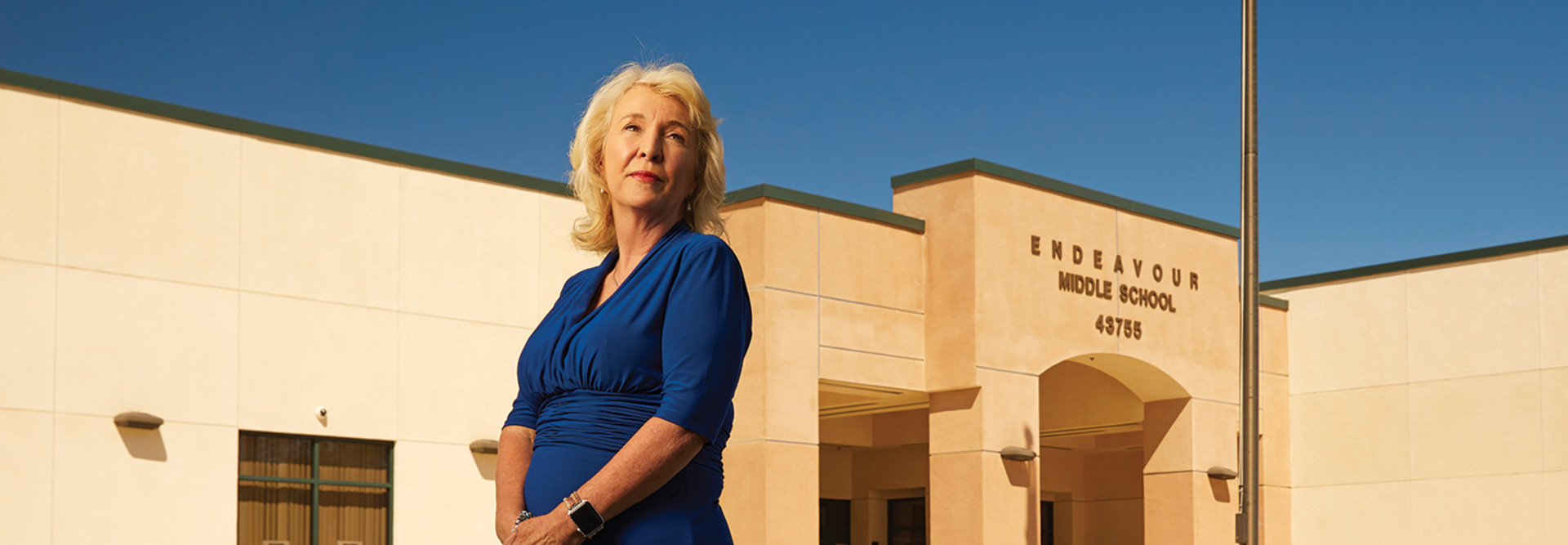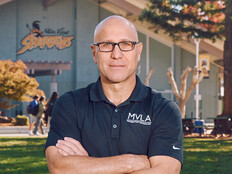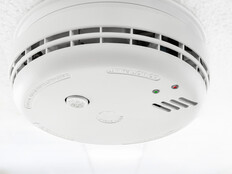These are no ordinary cameras. While many schools have had security cameras for years, modern IP surveillance camera solutions offer schools the gift of time.
These new IP cameras come with features such as video analytics, which school leaders say can provide real-time visibility, allow schools to detect and respond to incidents faster and, in some cases, serve as a deterrent against violence and crime.
For example, the new camera system can send a text alert to Lancaster administrators if students are quickly congregating in one area, which can indicate a fight is brewing. “Sometimes we stop a fight before it happens,” Cooksey says.
Admins can also review incident footage and see who was involved and who instigated it. “It eliminates the ‘he said, she said,’” adds IT Services Director Brandon Weber.
Schools Should Augment Physical Upgrades with Social Programs
With school violence making regular headlines, school leaders are under immense pressure to keep their school grounds safe. The new cameras can help.
When integrated into door access control systems, the cameras improve security by limiting who has access to school buildings and tracking who goes in and out, they say. The cameras are also integral tools after incidents such as vandalism.
“Cameras might identify some weaknesses or ways schools might improve,” says Justin Heinze, co-director of the National Center for School Safety.
Heinze says schools have increased their physical security investments in the past decade, which includes adding video monitoring systems, metal detectors and school resource officers.
However, Heinze says, schools need to augment these physical upgrades with social programs and school climate services. These tools — such as hiring counselors and mental health professionals, developing anti-bullying campaigns and creating anonymous reporting systems for students — have shown they can prevent violence.
“Paired with physical security measures, they have a synergistic effect,” Heinze says.













